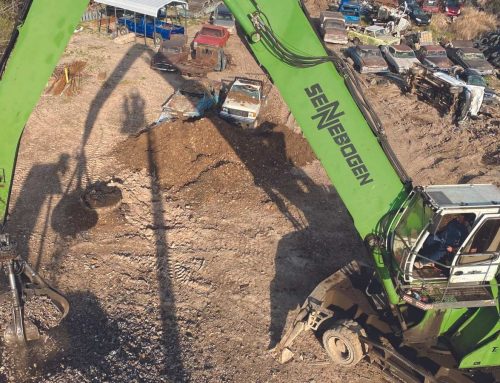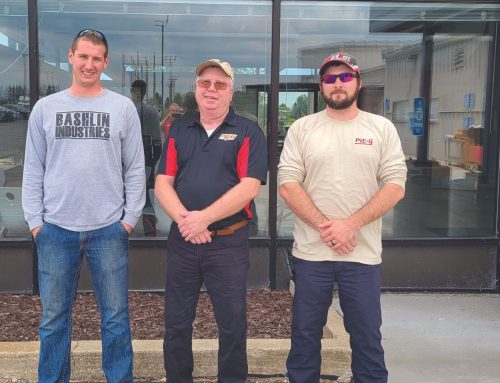 By: Tom Sobeck, President & CEO
By: Tom Sobeck, President & CEO
It’s not often that I find an article worth reprinting for this column, but the article below is very timely and deserves our attention. I’ve exercised some editorial license, so it may appear that I have written it. I have not, but I feel strongly about the concerns it raises. As mentioned toward the end, this is not intended to be a commentary on clean or green energy vs. coal or nuclear. We all know that the migration to cleaner, environmentally responsible energy alternatives is inevitable and should take place. The real question is how do we make that transition in a way that does not compromise the reliability and integrity of our electric grid? It is a difficult question to answer but we should not avoid it. There is too much at stake.
On April 14, the regional electric grid operator, MISO, announced the results of its latest generation capacity auction. This annual process is designed to determine if there is sufficient generation supply to meet that summer’s maximum demand. The results are concerning to us at PIE&G, as this auction showed that nine northern states, including Michigan, are 1,200 MW short of the supply needed to keep the lights on when demand is highest.
While this is certainly concerning, it is not surprising, nor is it the first time that Michigan has found itself in this situation. In fact, just two years ago, the Lower Peninsula of Michigan was short of the needed supply to meet the maximum demand for the summer of 2020. Fortunately, from an electric standpoint, the peak demand for the Lower Peninsula was lower, largely driven by lower commercial load due to COVID. As a result, the most extreme measures of controlled or “rolling” blackouts were not necessary.
What is driving the shortfall in the necessary supply to meet demand? Simply put, the power grid is changing. Large baseload generating assets, primarily coal and nuclear, are retiring and being replaced mainly by intermittent renewable energy. The challenge placed on the grid is that for every megawatt of coal and nuclear that is retired, 2 megawatts of solar and 10 megawatts of wind are need d to replace that supply. Additionally, it is impossible to permit a new coal plant, new nuclear is extremely cost prohibitive, and natural gas is becoming more challenging to permit, so our options are limited.
Fortunately, our power supplier, Wolverine Power Cooperative, has invested in generation supply on our behalf, meaning we at PIE&G have sufficient generation supply to meet our demand. In fact, Wolverine has a modest excess of supply that will reduce power costs in 2023. Unfortunately, if blackouts are required by the grid operator, we will be required to do our part, as we are all interconnected to the same electric grid.
I’d like every co-op member to know that this isn’t a statement on renewable energy versus coal and nuclear power plants. You only have to see PIE&G’s 60% carbon-free portfolio to realize that your cooperative has been trending toward cleaner resources for the past 20 years. Our concern is about reliability and the risk that continues to grow for the lights to go out.
Michigan was already operating under extremely tight power supply reserve margins. The signal that the market sent is that the rest of the Midwest is too. We are likely to have a reliability issue this summer. Finally, there is the potential for 1,900 MW (nearly 10% of Michigan’s generation fleet) of coal and nuclear plants slated for early retirement in Michigan alone over the next three years. We need to build adequate replacement power because the reliability issue is here to stay. I support all efforts in bringing this issue into the daylight, in hopes of keeping the lights on in the future for all of Michigan.
Issues like reliability are critical, and we want to keep you informed and engaged. To support these efforts, PIE&G is partnering with other electric cooperatives from around the state and country, utilizing Voices for Cooperative Power (VCP). I encourage you to sign up for VCP; it’s a great way to stay engaged, stay informed, and have a voice on critical energy policy issues. Sign up at voicesforcooperativepower.com and find out how you can get involved.





